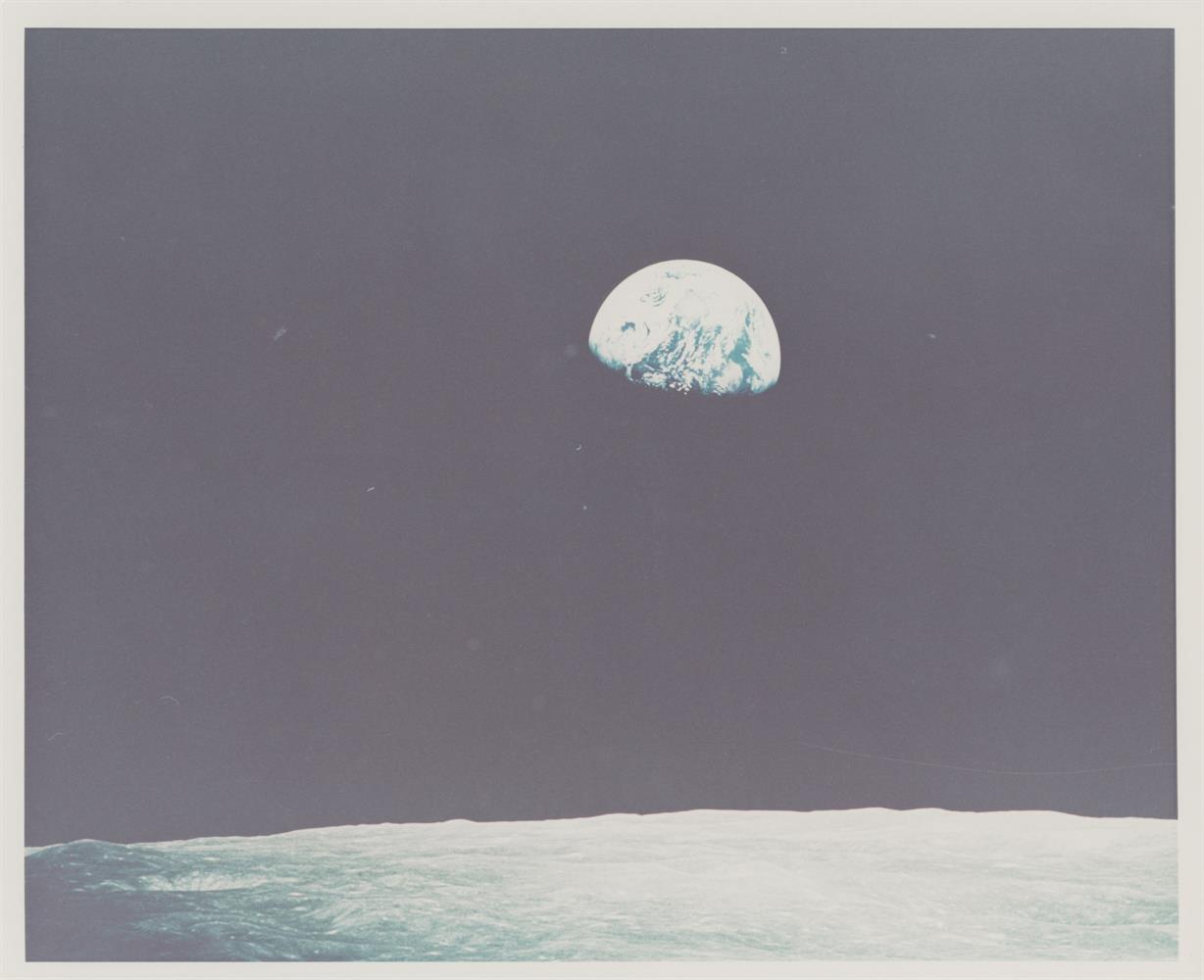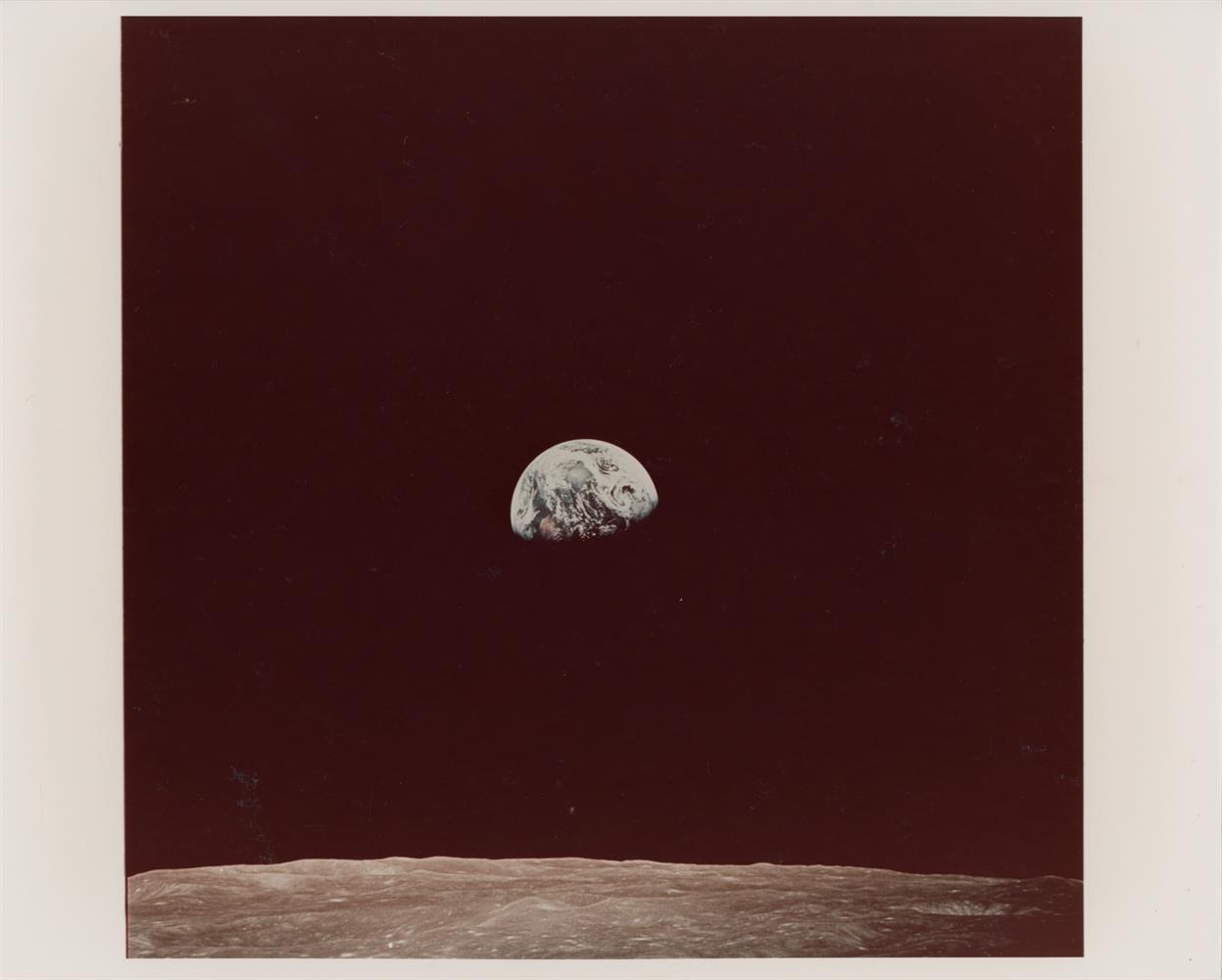A superb Second World War assault on Walcheren D.S.M. awarded to Leading Seaman W. J. Cade, Royal Navy, a crew member of one of numerous L.C.Ts to receive direct hits: Walcheren was ‘a battle so unequal in the strength of the forces engaged and so successfully fought that it will take its place amongst the most gallant actions of the Royal Navy’ Distinguished Service Medal, G.VI.R. (L.S. W. J. Cade, D/JX. 238241), in case of issue, extremely fine, together with an original portrait photograph £2500-3000 Footnote D.S.M. London Gazette 22 December 1944. The original recommendation for an immediate award states: ‘During the assault on Walcheren Island H.M. L.C.T. 892 received a direct hit on amphibian vehicles containing ammunition and petrol, causing a large fire. With total disregard for his own safety, Leading Seaman Cade advanced right up to the burning vehicles to fight the fire with extinguishers. In spite of continued explosions of burning ammunition, the blast of which knocked him down several times, and in spite of the danger of flying splinters, he continued to fight the fire at close quarters for 45 minutes. This act prevented the fire spreading further aft to other vehicles and in all probability saved the craft.’ William Jackson Cade, a native of Newcastle, was recommended for his decoration by the C.O. of ‘N’ L.C.T. Squadron, a component of Captain A. F. Pugsley’s Force ‘T’, for bravery in “Operation Infatuate” - the assault on Walcheren Island. In his history, The Marines Were There, Sir Robert Bruce Lockhart states of Force ‘T’: ‘Great credit belongs to Captain A. F. Pugsley, R.N., the intrepid and resourceful commander of Force ‘T’ which conducted these operations. By keeping the Germans constantly on the alert and thereby protecting the flank of the shipping route to Antwerp, this naval force rendered services out of all proportion to its size. Its craft were small, but its heart was big. Courage, initiative and an ever cheerful resourcefulness were the outstanding qualities of the officers and men who composed it. Stevenson it was who said that to travel hopefully is better than to arrive. Force ‘T’ always travelled hopefully and it rarely missed its arrival platform. The officers and men of the Royal Marine Commandos share its glory and, as usual, they were in the front row of all its hazardous assaults.’ While General Eisenhower wrote of the Walcheren operation in particular: ‘ ... great credit for the success of the amphibious operations is due to the support craft of the Royal Navy, which unhesitatingly and in the highest traditions of the service attracted to themselves the point-blank fire of the land batteries, thus permitting the Commandos and assault troops to gain the shore with much lighter casualties than otherwise would have been the case.’ Bruce Lockhart states that this ‘praise was not more than was merited. Unflinching courage and superb seamanship were paid for with heavy sacrifice. Of the twenty-six craft in the Support Squadron nine were sunk and eight badly damaged. Three hundred and seventy-two of the Royal Navy and Royal Marines were killed or wounded.’ Further accolades appear in The Green Beret, The Story of the Commandos 1940-45, by Hilary St. George Saunders a Lieutenant-Colonel who was among the L.C.T. flotilla stating: ‘ ... We were getting close in now and the Landing Craft Tank in front of us turned out of line to go further back. It was our specially equipped hospital ship and we didn’t want her in the muck yet. As it passed us, it struck a sea mine. There was a tremendous explosion and the entire ship was hurled into the air. It settled rapidly. Men jumped into the sea. Some were picked up by the following craft. Others floated face down in their lifebelts ... Pinpoints of light sparkled from the south batteries. The Germans were opening up at last. The whole line of support craft broke into flame and smoke. Ships blew up and were swallowed in one gulp. Others drifted aimlessly
A superb Second World War assault on Walcheren D.S.M. awarded to Leading Seaman W. J. Cade, Royal Navy, a crew member of one of numerous L.C.Ts to receive direct hits: Walcheren was ‘a battle so unequal in the strength of the forces engaged and so successfully fought that it will take its place amongst the most gallant actions of the Royal Navy’ Distinguished Service Medal, G.VI.R. (L.S. W. J. Cade, D/JX. 238241), in case of issue, extremely fine, together with an original portrait photograph £2500-3000 Footnote D.S.M. London Gazette 22 December 1944. The original recommendation for an immediate award states: ‘During the assault on Walcheren Island H.M. L.C.T. 892 received a direct hit on amphibian vehicles containing ammunition and petrol, causing a large fire. With total disregard for his own safety, Leading Seaman Cade advanced right up to the burning vehicles to fight the fire with extinguishers. In spite of continued explosions of burning ammunition, the blast of which knocked him down several times, and in spite of the danger of flying splinters, he continued to fight the fire at close quarters for 45 minutes. This act prevented the fire spreading further aft to other vehicles and in all probability saved the craft.’ William Jackson Cade, a native of Newcastle, was recommended for his decoration by the C.O. of ‘N’ L.C.T. Squadron, a component of Captain A. F. Pugsley’s Force ‘T’, for bravery in “Operation Infatuate” - the assault on Walcheren Island. In his history, The Marines Were There, Sir Robert Bruce Lockhart states of Force ‘T’: ‘Great credit belongs to Captain A. F. Pugsley, R.N., the intrepid and resourceful commander of Force ‘T’ which conducted these operations. By keeping the Germans constantly on the alert and thereby protecting the flank of the shipping route to Antwerp, this naval force rendered services out of all proportion to its size. Its craft were small, but its heart was big. Courage, initiative and an ever cheerful resourcefulness were the outstanding qualities of the officers and men who composed it. Stevenson it was who said that to travel hopefully is better than to arrive. Force ‘T’ always travelled hopefully and it rarely missed its arrival platform. The officers and men of the Royal Marine Commandos share its glory and, as usual, they were in the front row of all its hazardous assaults.’ While General Eisenhower wrote of the Walcheren operation in particular: ‘ ... great credit for the success of the amphibious operations is due to the support craft of the Royal Navy, which unhesitatingly and in the highest traditions of the service attracted to themselves the point-blank fire of the land batteries, thus permitting the Commandos and assault troops to gain the shore with much lighter casualties than otherwise would have been the case.’ Bruce Lockhart states that this ‘praise was not more than was merited. Unflinching courage and superb seamanship were paid for with heavy sacrifice. Of the twenty-six craft in the Support Squadron nine were sunk and eight badly damaged. Three hundred and seventy-two of the Royal Navy and Royal Marines were killed or wounded.’ Further accolades appear in The Green Beret, The Story of the Commandos 1940-45, by Hilary St. George Saunders a Lieutenant-Colonel who was among the L.C.T. flotilla stating: ‘ ... We were getting close in now and the Landing Craft Tank in front of us turned out of line to go further back. It was our specially equipped hospital ship and we didn’t want her in the muck yet. As it passed us, it struck a sea mine. There was a tremendous explosion and the entire ship was hurled into the air. It settled rapidly. Men jumped into the sea. Some were picked up by the following craft. Others floated face down in their lifebelts ... Pinpoints of light sparkled from the south batteries. The Germans were opening up at last. The whole line of support craft broke into flame and smoke. Ships blew up and were swallowed in one gulp. Others drifted aimlessly






/46262/Internet%20Image%201.jpg)





/52069/Internet%20Image%201.jpg)


Try LotSearch and its premium features for 7 days - without any costs!
Be notified automatically about new items in upcoming auctions.
Create an alert